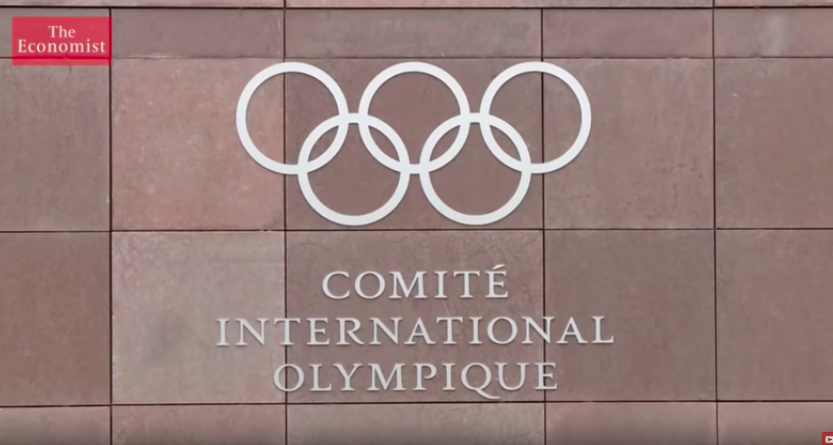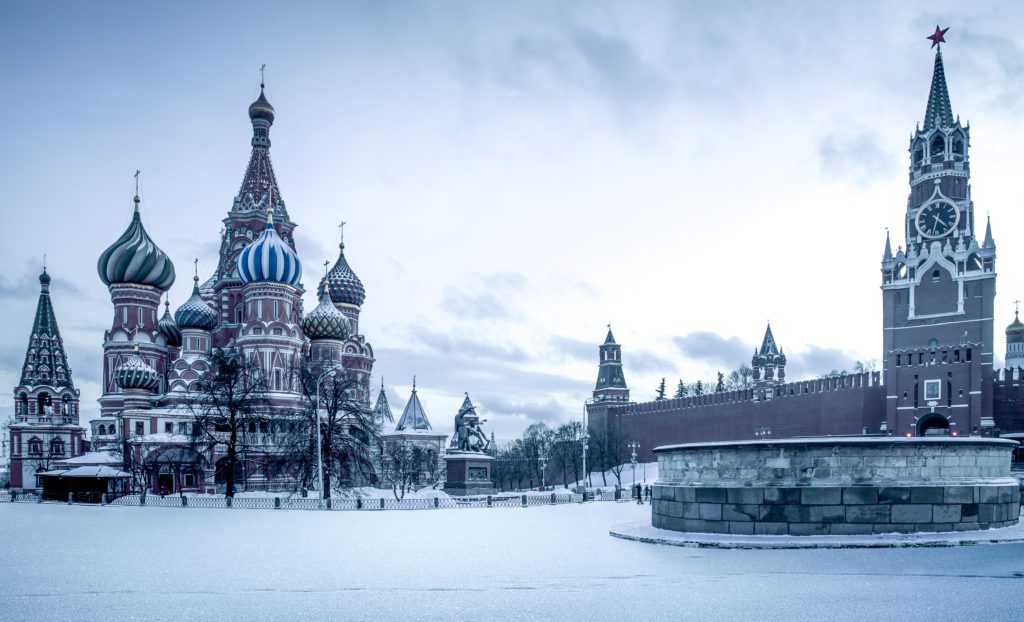WATCH: why anti-doping is about so much more than catching dopers
A new film explains the inherent conflicts in governance behind seemingly unchecked doping in sport

A new film by the British public affairs magazine The Economist tackles the issue of doping in sports. The film, with the pessimistic title Doping in sport: why it can’t be stopped asserts that as long as the inherent conflicts in how sporting and anti-doping authorities are organized are allowed to continue, doping will continue. It goes on to explain the conflicts and how they came to be.
The film describes “a complex web of power and politics in sports,” opening with the discovery of widespread, state-sponsored doping by Russia after the 2014 Sochi Olympics. It asserts that doping is not confined to Russia–it is a global problem. It goes on to remind us of a 2011 survey of 1,200 international athletes at the 2011 World Championships (which was kept quiet for six years), in which a shocking 44 per cent of athletes admitted to having used performance-enhancing drugs. Contrast this with the depressing fact that even with rigorous and sophisticated out-of-competition testing, only one to two per cent of athlete samples test positive.
RELATED: WADA gives RUSADA three weeks to explain ‘inconsistencies’ in Moscow lab data
A superb documentary illustrating why conflicts of interest between: governments @wada_ama CAS & @iocmedia are letting us down in the fight against doping ??
They are failing athletes ?️♂️?♀️?
Doping in sport: why it can't be stopped | @TheEconomist https://t.co/CeqwUNix6X
— Callum Skinner (@CallumSkinner) October 28, 2019
The IOC claims it wants to stop drug cheats, but some experts believe the IOC would rather turn a blind eye than deal with the cost to the Olympics’ public image that would, ironically, result from an anti-doping program that could be relied upon to effectively catch drug cheats.
The IOC created WADA (World Anti-Doping Agency) in 1999 to establish and enforce anti-doping rules, but as Canadian former deputy director Rob Koehler points out, half of WADA’s funding comes from international sport federations and the other half directly from the IOC (and its budget is a tiny fraction of the IOC’s annual revenue). Sports lawyer Antoine Duval claims that WADA’s ability to enforce the rules is weak, and that this is by design. Ultimately, the task of testing athletes and sanctioning cheats is up to the member federations, whose means and political will to do the job vary widely, as we saw with the Russian doping scandal, revealed just before the Rio Olympics in 2016. WADA wanted to ban the Russian team from Rio, but the IOC allowed individual athletes to appeal to the Court of Arbitration for Sport (CAS), and the result was that two thirds of the Russian team were allowed to compete at Rio as neutral athletes.
RELATED: Canadian Olympian calls the WADA decision “a sad day for clean sport”

In Russia, the film goes on, sports and politics are deeply enmeshed. Russia’s deputy prime minister was also president of the Russian Olympic Committee. The deputy minister for sports was also the Russian representative to WADA. Russia’s sports minister during the Sochi Olympics, Vitaly Mutko, became deputy prime minister, despite his presumed direct involvement in the doping scandal. But it isn’t just Russia–though the IOC created WADA and CAS as independent bodies, the same people have fulfilled roles in more than one of those organization simultaneously, allowing the IOC to maintain a “tight grip” on them. And despite raking in $5.7 billion per Olympic cycle (73 per cent of it from broadcasting rights), the IOC is allowed to maintain non-profit status, thanks to Switzerland’s lenient laws about such things. Transparency and accountability, which most democratic nations uphold, are notably lacking.
To Koehler and Duval, such obvious conflicts are deplorable–and they render the chances of widespread, institutionalized doping coming to an end anytime soon as slight. “Is anyone governing the governing bodies?” the film asks. Koehler says the sponsors and broadcasters, who are supporting the whole edifice to the tune of billions of dollars, should be the ones demanding change.
Unfortunately, the biggest victims of such a lack of political will are the clean athletes.


